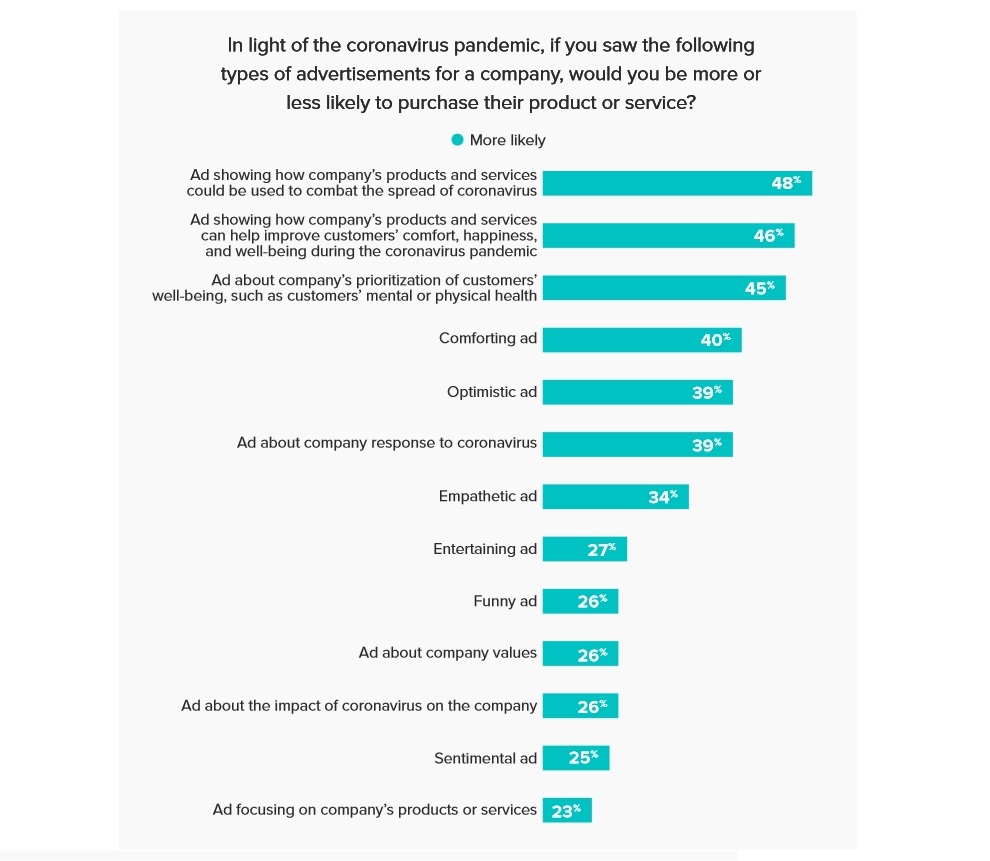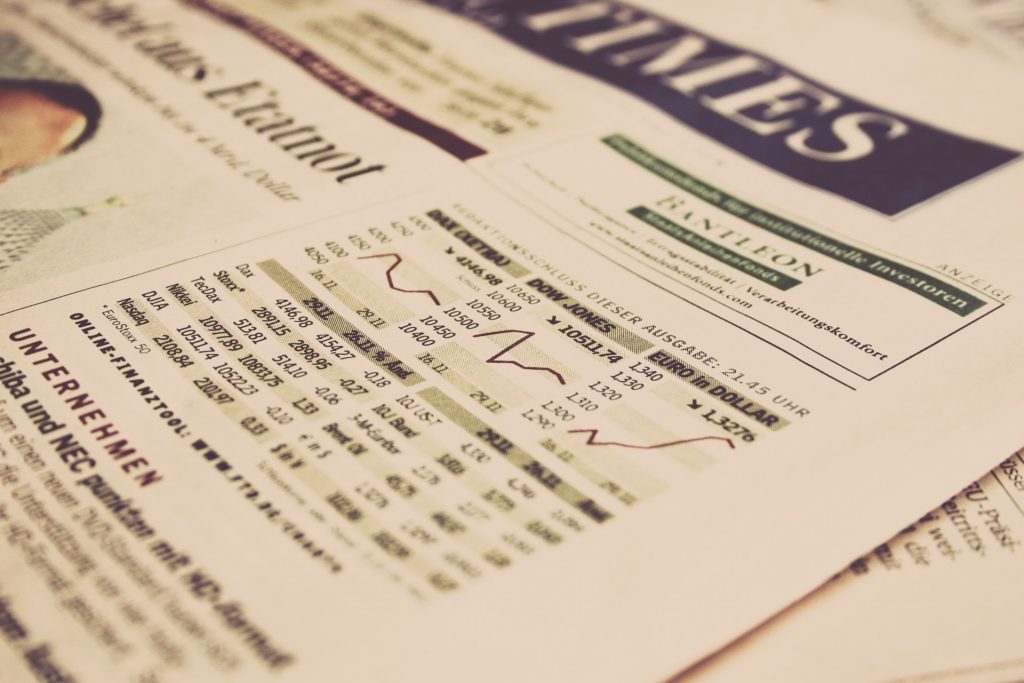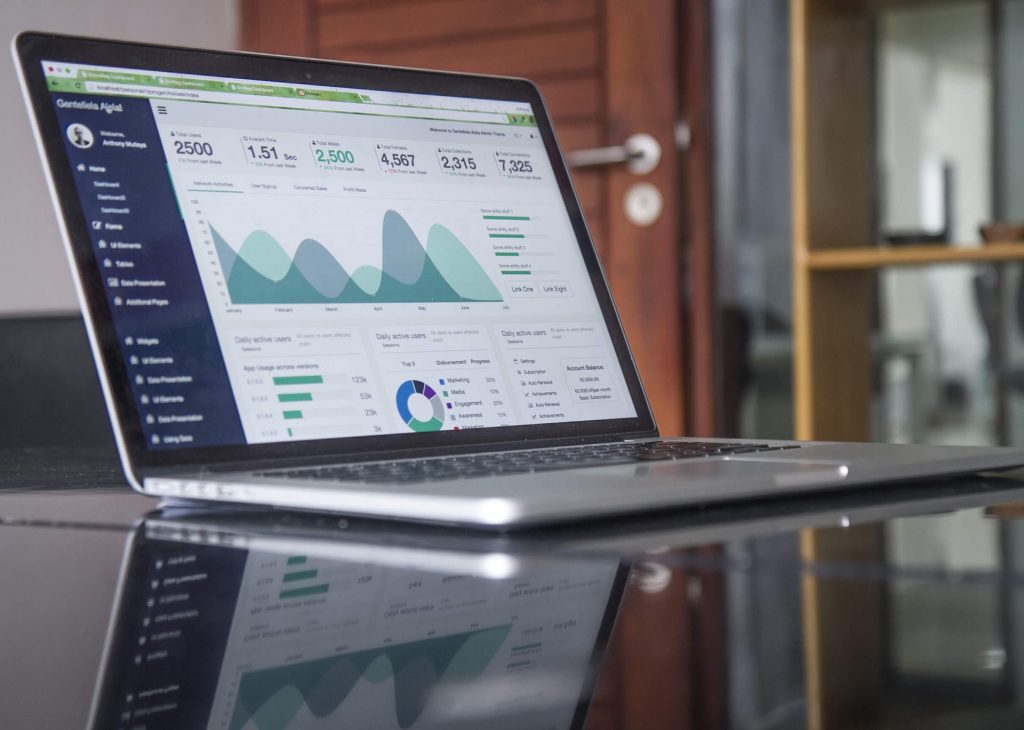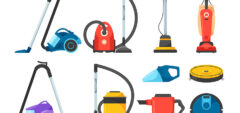Even with a global pandemic at hand, corporations are still creating advertisements. If you don’t watch TV and read all your news online, you have missed dozens of similar-looking advertisements of corporations telling us they’re still here for us during these uncertain times.
These advertisements are all awfully similar: slow piano music plays while we are shown slow-motion shots of the streets and essential workers who are unable to stay at home and are forced to work.
The words ‘people’, ‘family’, ‘here for you’, and ‘together’ are in every piece of coronavirus marketing, part of a formula that has been used for decades.
Don’t believe us? Take a look at the following video, it’s worth the watch (and the comments might give you a chuckle or two):
It almost makes you wonder if none of these corporations have seen each other’s ads, and if they did, it really makes you think if they just did not care enough about how boring the ads they came up were (not to talk about how insincere they sound).
The ones that decided to say something original completely missed the mark, as well: ‘restaurants have always been there for you’, the Doordash advertisement says, while the CarMax one suggests that ‘there are still ways to touch each other’.
Today’s topic will be all about coronavirus marketing, so buckle up and enjoy the ride.
Customer behavior during coronavirus
Before we start with marketing, let’s look at customer behavior during the pandemic.
Priorities have, of course, changed. People are buying products that they really need, like food and sanitary products, and putting a pause on big purchases, like cars and furniture. Additionally, they are also subscribing to more streaming services, watching more content, and playing more video games.
Here’s a helpful graph of the products people currently expect to buy online:

As you can see, food, household, personal care and health products are people’s priority right now. It’s no wonder that people as soon as the pandemic started, people started stockpiling, fearing that they would run out of necessities.
In a survey that Coresight had on their website, more than one-third of the people who took it said they were buying more food and/or more household products.
The fear caused people to also buy more guns and security cameras, in order to make themselves and their families feel more at peace.
After safety comes entertainment. If you take a look at the chart, you’ll see that the necessities are then followed by entertainment, and then clothing and beauty products.
Entertainment is a given one, while clothing and beauty products are having sales, which are attracting people during this time. People are also impulse buying, as an attempt to cope with the stressful situation we are all in.
Digital marketing prices before and during coronavirus
As we mentioned at the beginning of this article, companies are still using advertising and trying to retain their places in their industries. The pandemic is affecting digital marketing, as well, and many companies are stopping their ad campaigns, especially traveling companies.

This has lead to ad rates falling, making ads cheaper on social media platforms. Facebook ad rates dropped from 15% in some cases, to even 25% in others. A similar thing happened to Instagram ads, where the cost of 1.000 impressions declined by 22%. YouTube experienced an almost identical situation, and its ad rates dropped from 15-20%.
If you’re a business owner and your products and services can help people during the pandemic and be useful, this is a great opportunity to run a few online marketing campaigns, especially if your competitors aren’t running any at the moment.
Campaigns and advertising during the coronavirus pandemic
Morning Consult, a company that is all about data and survey research, recently conducted a survey on what people would like to see. Here are the results:

Right off the bat, it is obvious what people would like to see and what they would like to see less. The top result is reserved for people thinking companies should show how their products help battle the pandemic, while the second and third place are all about products making people happy and helping their well-being.
They are then followed by optimism and comfort, as well as empathy and ads about how a company is dealing with the pandemic.
Rightfully, at the very bottom of the list was ‘ad focusing on the company’s products or services’, because let’s be honest, who wants to hear about that, especially now.
Brands and their marketing campaigns during coronavirus
But even a well-thought-out ad or campaign can look seriously tone-deaf. Some companies made bad decisions when it comes to coronavirus marketing, one of them being McDonald’s.
McDonald’s Brazil separated their golden arches to encourage social distancing, which may sound like a great move until you remember that their workers didn’t get paid sick leave and had to work throughout the pandemic in most places.
A few days later, they removed all signs of the separated arches and made a video about McDonald’s drive-through and delivery services.
A great example of a business staying relevant without being tone deaf during the coronavirus pandemic is Twitter.
For a while now, Twitter has been developing a plan for remote working, wanting to make it possible for anyone in the world to work for them. They put off a conference and told all of their 5.000 employees that working from home was mandatory.
Related: Digital Marketing Evolution
The Twitter staff is also working on removing tweets from celebrities that are spreading misinformation about the coronavirus. It’s true that social media are full of false information and that it would take ages to remove it all from the platforms, but at least Twitter is making an effort.
What will happen after the coronavirus?
Coronavirus will leave a big mark on the world even after the pandemic ends. Countless businesses have already shut down, especially the small ones, and most importantly, people have lost their jobs.
Economy and digital marketing
GlobalData is predicting that the UK retain industry will lose £12.6 billion in 2020, and almost 1 million people in the UK have applied for benefits at the end of March.

When it comes to the USA, economists say that there is no doubt that there will be a recession following the end of the pandemic. On April 29th, the Commerce Department said that the US economy shrank at a 4.8% annual rate during the first three months of the year, which is the biggest decrease since the Great Recession.
Because people are in their homes and not travelling, the oil prices went into the negatives for the first time ever. Click here for more information about the impact of the coronavirus on the economy.

When it comes to digital marketing, it is uncertain what will happen. The businesses that have already lost a lot of money won’t be able to start their marketing campaigns immediately. On the other hand, the businesses that had employees working at home and in the offices will be able to immediately resume their marketing campaigns.
One thing is certain – the ad rates are low right now, but they will increase when businesses open and start using digital marketing again.
Companies that made an effort during the coronavirus
The companies that offered their services and products for either cheaper prices or completely free to people during the coronavirus and provided comfort, entertainment and were of use will definitely come out with a huge number of new customers once the pandemic ends.
Take Zoom, for example. In the middle of the crisis, the fact that their service is free and easy to use helped it climb to the top. Google offered their G Suite and G Suite for Education for free, in order to help schools and businesses stay connected and work from home.
Education websites like Coursera, Udacity and SkillShare all had special offers and even offered free courses to people and there’s no doubt that people will continue to use their services once their trials end. This is a great and clever strategy on their part – they are making people’s lives easier and helping them learn while getting new customers at the same time.

When it comes to medical supplies, Apple donated 10 million protective face masks to healthcare workers in the USA and Europe, Facebook donated 720.000 masks that they bought for people during the California wildfires, while Tesla donated 1000 ventilators and over 250.000 masks to hospitals.
Dozens of fashion brands made donations to coronavirus relief funds and provided medical equipment (masks, scrubs, and medical gowns), as well as organized themselves in providing meals for people in need.
If you’re interested in more about brands donating and helping people, click here and here.
Other useful and interesting articles
Here’s Neil Patel’s post about the coronavirus and how it’s affecting marketing. It’s full of useful data and advice that you will no doubt find useful. Another great article focused on marketing and coronavirus is this one that we previously mentioned, where you will be able to read about what different brands are doing during the pandemic and how they’re helping.
Here’s an article about marketing strategies during and after the coronavirus, with tips from R. J. Talyor, the CEO and founder of Pattern89. Click here to visit the coronavirus category on the eMarketer website, which has a ton of great articles.
If you love reading statistics, click here for a long and detailed article full of data from surveys related to marketing.
Conclusion
The pandemic has changed the way we live, work and purchase. We’re staying at home and focusing on buying necessities and staying entertained. Coronavirus has changed customer behavior, which has then impacted marketing and buying culture.
Since many businesses are putting a stop to their digital marketing campaigns, ad rates have decreased, and because of the serious situation, more and more ads are heavy on the emotional side, even leading to dozens of identical ads with the same formula.
Some companies are handling the pandemic better than others, using this opportunity for long-term goals and actually helping people by donating medical equipment and offering their services at a lower cost and sometimes even free.
After the pandemic ends, it will be difficult for everyone, but it is important that we stay as positive as we can and only think about the good things.
Stay safe and thank you for reading!




